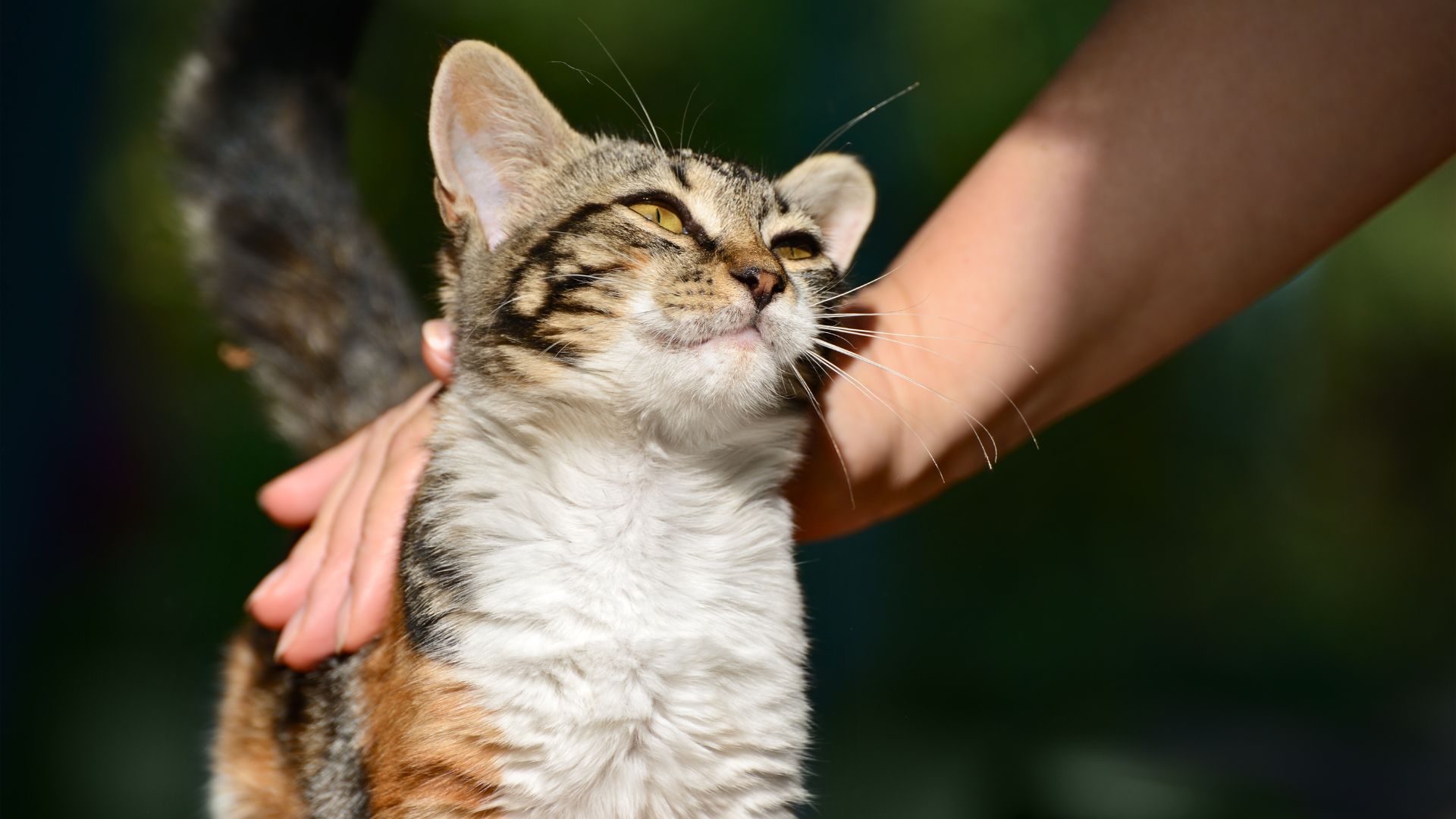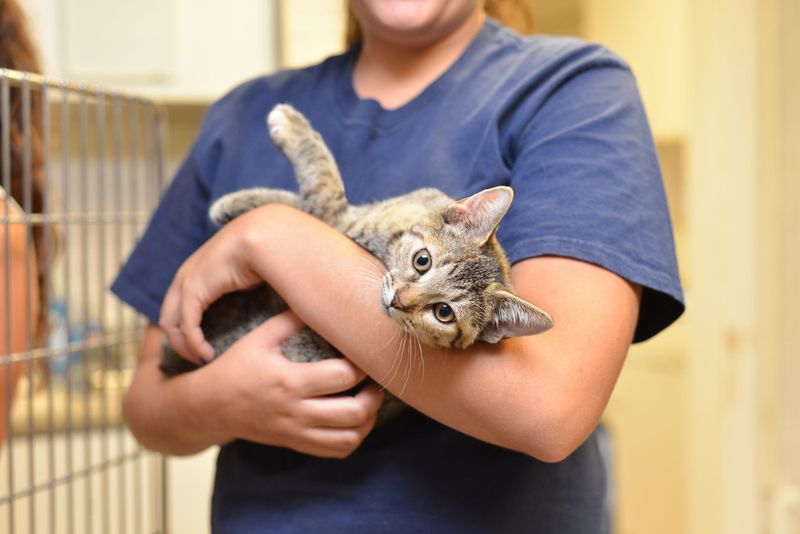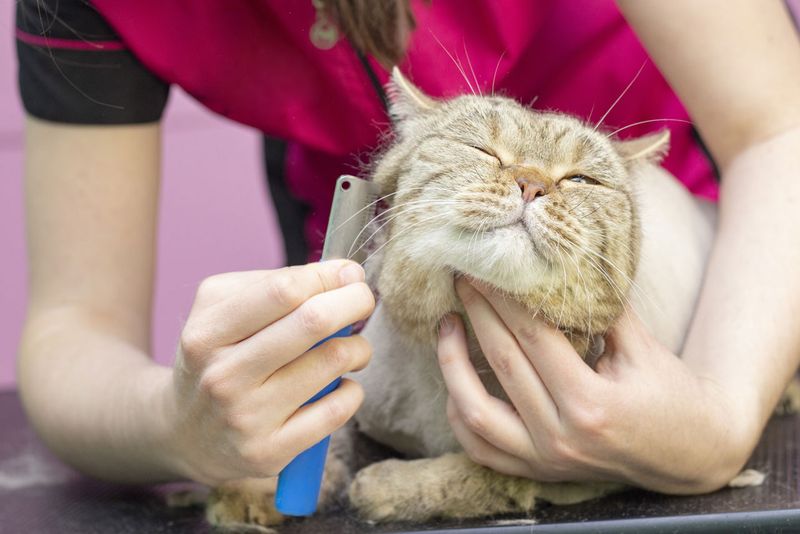15 Hidden Challenges Of Adopting A Stray Cat

Adopting a stray cat can be a rewarding experience, but it also comes with its unique set of challenges.
These furry companions often have been through a lot, and understanding what lies ahead can prepare you for this heartwarming journey.
From unexpected health issues to behavioral quirks, adopting a stray cat is not just about offering shelter but also about patience, love, and adaptability.
Here are 15 hidden challenges you might face when bringing a stray cat into your home.
1. Unexpected Health Problems

When you bring a stray cat home, their health status can be a mystery. These cats might carry parasites, have untreated injuries, or suffer from malnourishment.
It’s crucial to schedule a vet visit soon after adopting a stray cat to get a full health assessment.
Regular check-ups and vaccinations are essential to ensure your new feline friend stays healthy. You might also encounter chronic conditions that need ongoing management.
This requires not only financial commitment but also time and patience. Understanding these health challenges early can help you provide the best care possible.
With proper treatment, many stray cats can recover fully and lead happy lives. However, always be prepared for surprises along the way.
2. Socialization Issues

Stray cats often have trust issues, especially if they’ve experienced neglect or abuse. Socialization can be a significant hurdle as they might be wary of human interaction.
Building trust with a stray cat requires time and a gentle, patient approach. Creating a safe and quiet space for them to adjust is crucial.
Allowing the cat to come to you when they’re ready can foster a better bond. Regular, gentle interactions and positive reinforcement can help them feel more comfortable.
Each cat is unique, and while some may warm up quickly, others may take months to feel at home. Understanding and respecting their boundaries is key to successful socialization.
3. Dietary Adjustments

Transitioning from scavenging on the streets to a regular diet can be challenging for a stray cat. They might have specific dietary needs or preferences that you’ll need to discover through trial and error.
Ensuring they receive a balanced diet is vital for their health. Some stray cats might be picky eaters, refusing certain foods they’re not used to.
Observing what they enjoy and gradually introducing healthier options can help them adapt. Patience is necessary as you navigate these dietary changes.
Consulting with a vet for nutritional advice can also be beneficial in providing the best diet for your new feline companion.
4. Behavioral Quirks

Stray cats often develop unique behavioral quirks due to their time on the streets. These might include heightened alertness, fear of certain noises, or unusual play habits.
Understanding these behaviors is crucial for a harmonious home. Observing your cat’s behavior will help you identify any triggers or patterns.
It’s important to provide a safe environment where they can express themselves without fear. With time and understanding, many behavioral quirks can be managed or even become endearing traits.
Patience and love are essential in helping your stray cat adjust to their new life.
5. Financial Commitment

Adopting a stray cat can be more expensive than anticipated. Initial veterinary costs, including vaccinations and spaying or neutering, can add up quickly.
Additionally, there are ongoing expenses such as food, litter, and regular health check-ups. Budgeting for unexpected medical issues or emergencies is also wise.
While many costs are regular, unforeseen expenses can arise that require financial readiness.
Understanding the financial commitment involved is crucial before adoption. Planning and budgeting can ensure you provide the best care for your new pet without financial stress.
6. Adapting To Indoor Life

Stray cats are accustomed to roaming freely, so adapting to indoor life can be challenging. They may attempt to escape or become restless.
Create a stimulating environment with toys, scratching posts, and window perches.
Engage them with interactive play sessions to channel their energy positively. Gradually, the cat will adjust to their new indoor lifestyle, finding comfort in the stability you provide.
7. Marked Territory

Stray cats, especially males, may have a tendency to mark their territory. This behavior can manifest through scratching furniture or spraying, and it may persist even after neutering.
Providing appropriate outlets like scratching posts can help redirect this behavior. Consistency and positive reinforcement are key to managing territorial tendencies.
It’s essential to understand that this is a natural behavior for cats and patience along with guidance can minimize the impact on your home. With time, many cats learn to respect their indoor environment.
8. Integration With Other Pets

Introducing a stray cat into a home with existing pets can be tricky. Cats who lived on the streets may not be used to sharing space with other animals and could feel threatened.
Gradual introductions are recommended, allowing your stray cat and existing pets to get accustomed to each other’s scent first.
Monitor their interactions closely. Patience and supervision are necessary during this integration phase.
With time, many cats can learn to coexist peacefully with other pets, forming bonds and enriching each other’s lives.
9. Escape Attempts

Stray cats may attempt to escape, driven by their instincts and past experiences. Ensuring your home is secure and escape-proof is vital to keep them safe.
Providing engaging activities and toys can help them feel content indoors. A safe outdoor space like a catio could also satisfy their desire to be outside without risk.
Understanding their need for exploration while ensuring their safety requires balance. Over time, they may become more comfortable staying indoors.
10. Grooming Needs

Stray cats might have neglected grooming needs. Their coats can be matted, dirty, or infested with parasites.
Regular grooming helps improve their appearance and health. Starting with gentle brushing sessions can acclimate them to being groomed.
Over time, they’ll likely begin to enjoy these sessions as part of their routine. Professional grooming might be necessary initially to tackle any severe issues. Ensuring they are clean and comfortable is important for their well-being.
11. Emotional Trauma

The emotional scars of life on the streets can manifest as fearfulness or aggression in stray cats.
Understanding and addressing this trauma is essential for their rehabilitation. Creating a calm and stable environment can help them feel secure.
Providing hiding spots and respecting their space allows them to adjust at their own pace. Patience and consistent, gentle interactions are vital.
Over time, many cats can overcome their trauma with love and support.
12. Unpredictable Personalities

Every stray cat has a unique personality that might not be apparent at first. Some may be playful and outgoing, while others might be shy and reserved.
Spending time observing and interacting with your cat helps you understand their personality. This knowledge aids in creating a suitable environment for them.
Accepting their individuality is crucial. Your stray cat’s personality may evolve as they settle in, revealing their true selves in time.
13. Allergies And Sensitivities

Stray cats can develop allergies or sensitivities due to their past exposure to various environments.
Identifying these can be challenging but is important for their comfort. Symptoms like sneezing, skin irritations, or digestive issues might indicate allergies.
Consulting a vet can help identify and manage these sensitivities. Adjusting their environment, such as using hypoallergenic products, can improve their quality of life.
With patience, these issues can often be managed effectively.
14. Nighttime Activity

Cats are naturally crepuscular, and stray cats might be especially active at night. This can lead to disrupted sleep for you as they explore and play.
Creating a stimulating environment during the day can help them expend energy. Interactive toys and play sessions can encourage them to be more active when it suits your schedule.
Over time, some cats adjust to their new home’s rhythm, but understanding their natural instincts and providing outlets for activity is key.
15. Long-Term Commitment

Adopting a stray cat means committing to their care for life. This includes all the joys and challenges that come with it.
Cats can live for many years, so it’s important to consider the long-term responsibilities. Ensuring you’re ready for this journey is crucial before adopting.
With time, the bond you form can be incredibly rewarding. Embracing this commitment can lead to a fulfilling relationship with your feline friend.






